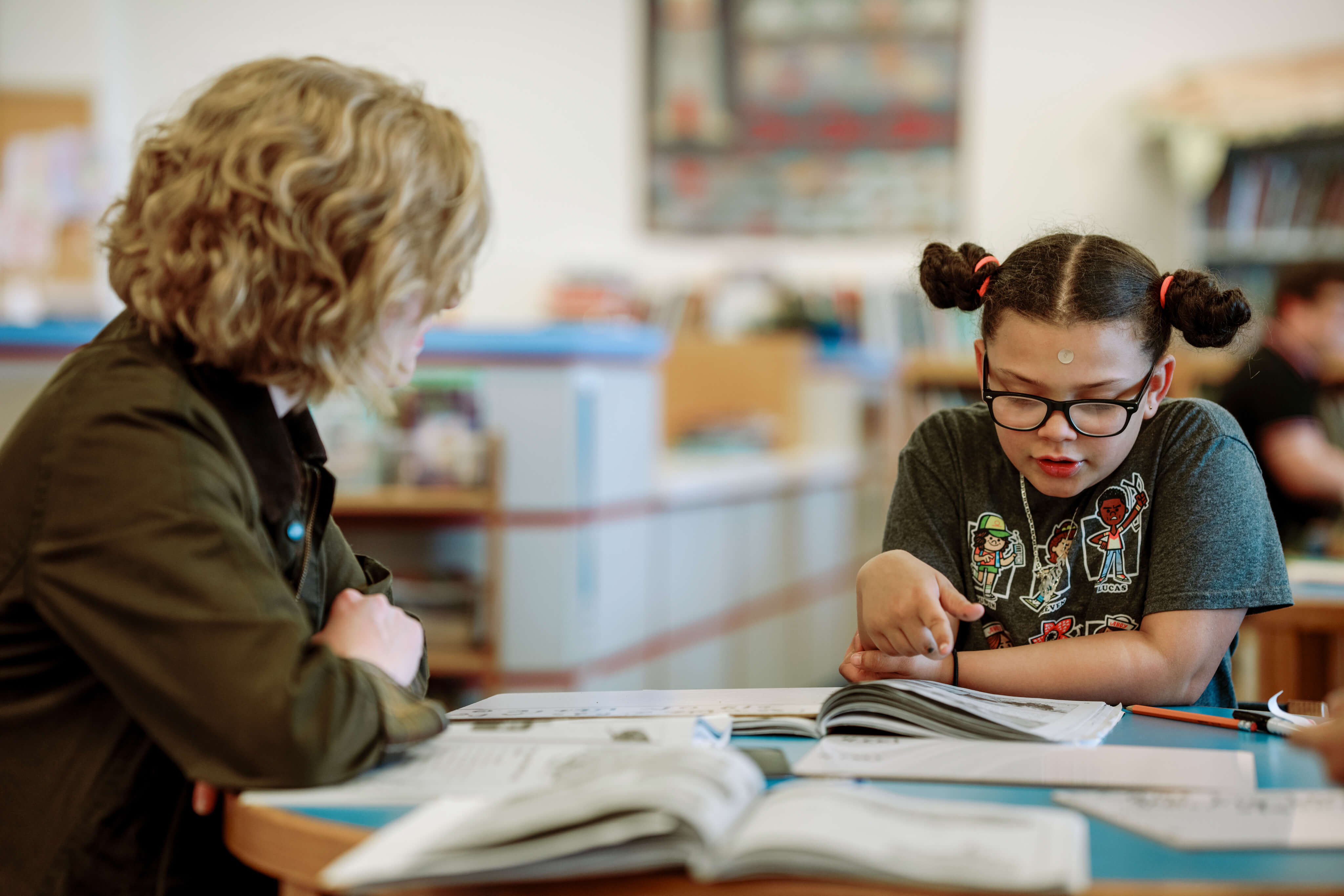
A debate currently rages about the nature of autism. Within this debate are two important questions: Is autism a disorder to be treated? Or should society be treated to fit the needs of everyone? Like other writers who try to avoid falling into the pit of political despair, this blog will serve only to say what Dwayne “The Rock” Johnson would say—“It doesn’t matter!” for our day-to-day activities. I know what you’re thinking—“What a crock!” “Take a stance!” “Stir the pot!”—but my goal is not to figure out everything there is to know about people with autism, whether you see it as a disability or not. My goal is to define one trait found in those who are successful in working with people with autism as well as other disorders.
Empathy.
I guarantee empathy is a word that people hear every day, a word that becomes misused in its overabundance in Aunt Edna’s well-intentioned, inspirational Facebook memes. I also guarantee that for many, this is not the first time you have read an article explaining the difference between empathy and sympathy. Empathy is being able to feel what someone else feels. As John Steinbeck explained in simple terms, “It means very little to know that a million Chinese are starving unless you know one Chinese who is starving.” That is, knowing people are starving creates sympathy; knowing someone who starves creates empathy. As EDUCATORS, students need our empathy to learn to navigate the world. We also provide expectations and accountability, as diagnoses and circumstance will not be used to excuse the need for education. This goes for students with—and without—“disorders.”
It is easiest to build empathy with the people to whom we are closest and with whom we have similarities. Building empathy with someone with autism presents itself as a larger challenge. People with autism often, act, think, speak, and even look different. This causes someone unfamiliar with autism to be intimidated by their first experiences working with someone with autism. A recent StoryCorp interview, published on npr.org on April 6, 2018, describes a scene where two brothers with autism worked at a café.

“Almost every employee had autism. He recalls a certain worker who was unaccustomed to talking to people.
‘He would have this scowl on his face. But that was just how he was,’ he says. ‘And a customer came up, and took his scowl the wrong way, and just got so mad. He was about ready to punch his lights out.’”
A man was nearly driven to violence by a difference in another man’s facial features. After this man found out the employee had autism, he changed his mind about harming him. This demonstrates our intolerance for differences, which highlights the difficulty to build empathy with people possessing unique needs.
The trouble is, all the schooling in the world cannot build empathy. We use Applied Behavior Analysis, pedagogy, curriculum, and research to learn how to teach, but even this is not enough. If it were, robots would have our jobs. This makes empathy even more important. Our students do not simply take information and process it. It needs to be given to them, by someone who they can trust. It needs to be repetitively practiced with a patient guide until it becomes a task requiring little thought to perform.
How does someone build empathy?
Start by asking yourself simple questions when things get most out of control. What event is driving this emotional response? How does it feel inside when I feel the same emotion this person feels? We may not have acted the same way if the tables were turned, but many times, these same emotions cause us to want to act that way. I may not need to cover my ears every time a siren goes off, but I would like to. I know very well the frustrations of learning a new skill. Why wouldn’t someone else be frustrated? Reactions may be different, but our capacity for emotions is similar. It also helps to remember, no matter how difficult it may be to work with someone with “difficult needs,” it is not as challenging as having the special needs. Without having autism, complete empathy will be impossible. But sincere attempts at empathy allows people to get closer to one another, and this closeness fosters trust. Trust begets learning. This is the importance of empathy in education. Our capacity for empathy is so large, it shrinks the controversy du jour surrounding a difficult situation. Empathy is something we control, and the nature of autism is not. In the end, The Rock is right. For our purposes, “it doesn’t matter.”
Written by Aaron O’Neal, Program Director, Catapult Learning



